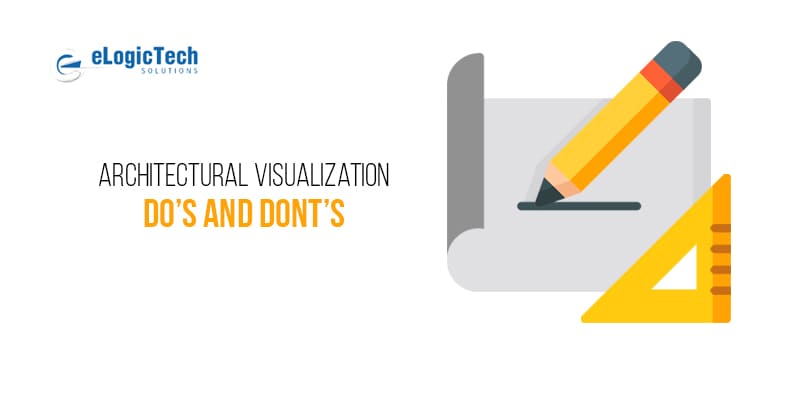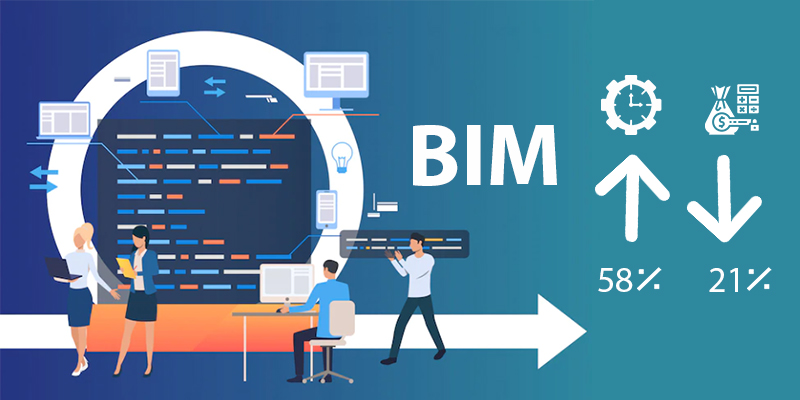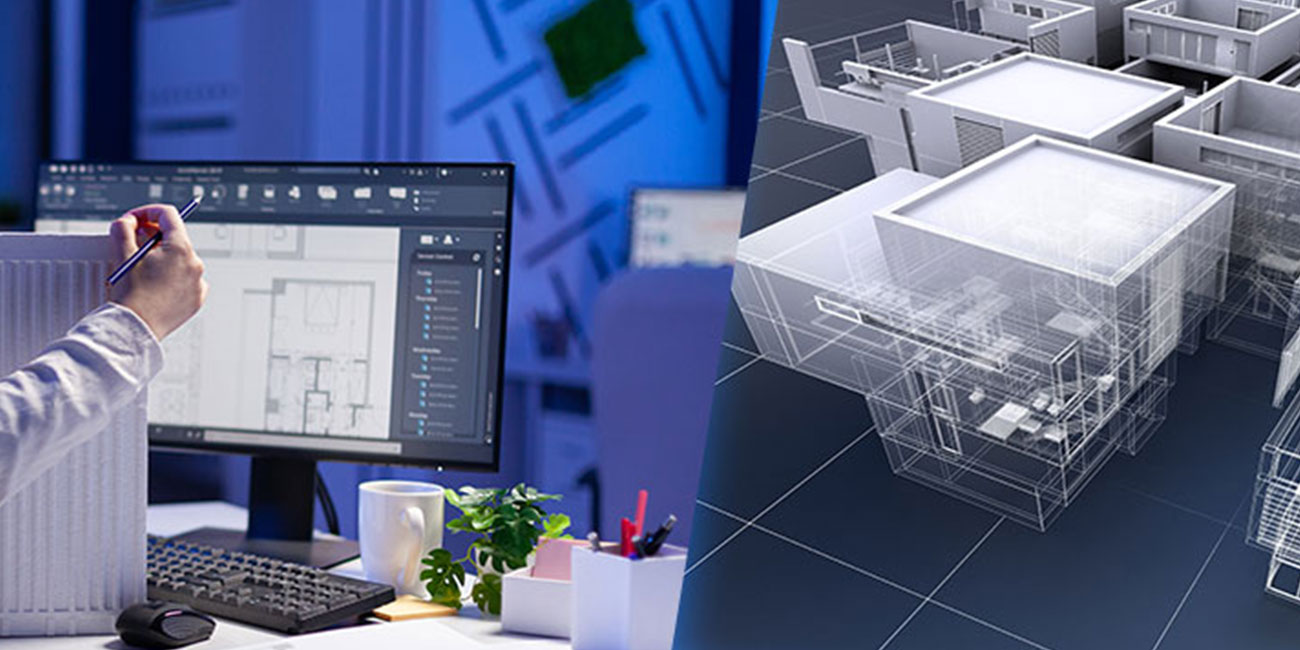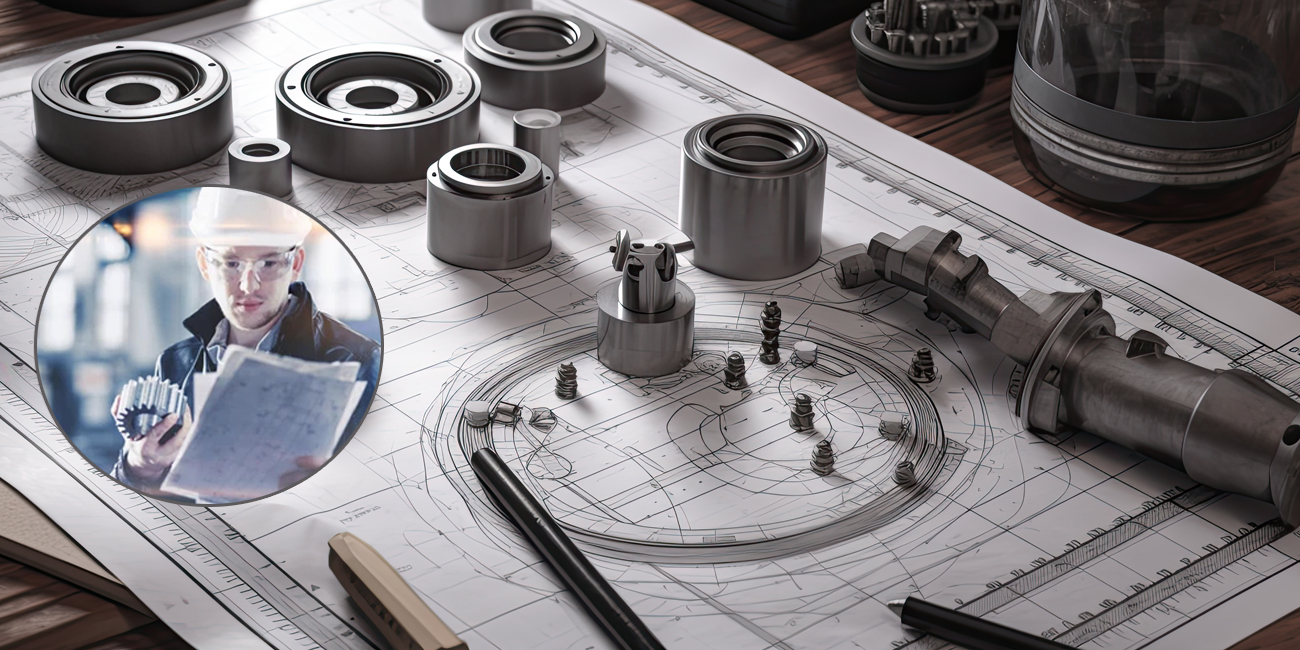
The most important thing you should do to gain grip in the visualization industry is to follow a set of rules to manage your process, work flow and continued education. If you don't then there are chances that your business will quickly crumble under the weight of disorder and smugness.
Let us see a list of do's and don'ts you should keep in mind as you develop your own repository of guidelines. Be sure to answer honest questions about what you personally need to cultivate most importantly the most efficient, distraction-less work environment. Moving on to the list.
DO accept that doing the work is the only way to be good. A very few are gifted with the natural ability to produce profound and moving works of digital art. The only way to be on top is to put in longer hours and be exposed to new ideas and techniques.
DON'T get dissuaded. It's easy to look around the internet at other people's work and immediately get into a self comforted zone by your own perceived deficiencies. Break through those and just keep imagining and creating.
DO move around and travel. Most architectural visualization artists are freelancers who work from almost anywhere in the world with habitable atmosphere and a decent internet connection. Being digitally free one should take advantage of it. The more you see the better your art will be.
DON'T follow the same style for all projects. While developing ones personal style is important, being artistically proficient allows you to broaden your work. Furthermore, working with various rendering and visualization techniques will naturally make the one's you know best even better.
DO grow your passions. You must have got into the architectural visualization industry because it tickled a certain tingling itch you had no choice but to rub against. The good news is you don't need to daily grind up; there are ways to ensure that work never becomes stale. Work on different verities, challenge yourself. Immerse yourself in what at first drew you to the profession and be a better artist.
DON'T rely on a one piece of software. There are many different forms of Modeling, rendering, postproduction, and animation programs you are yet to get familiar with. Learning the pros and cons of softwares like 3DS Max, Maxwell, Revit, Rhino, SketchUp and fitting together those which match your set of skills. Learning new programs is not easy, but they should be considered as an important part of your continued education.
DO make sure to put together both rendered and real inspiration images. The primary goal is to recreate reality and should reference reality. To explore more, need to capture pictures and use them as templates for the renders.
Stay up to date.
Sign up our newsletter for latest article and news.









